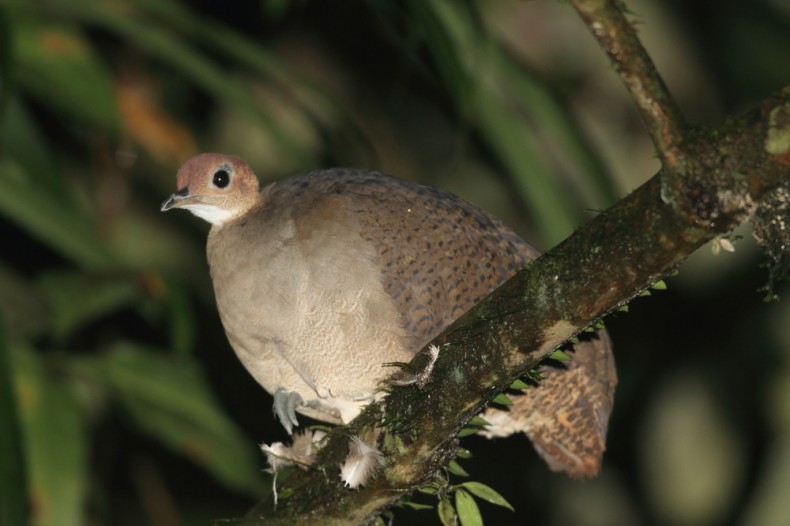![]()
Our continuing public service for those trusting souls who think animals are cute and loving: a full week of the horrifying truth.
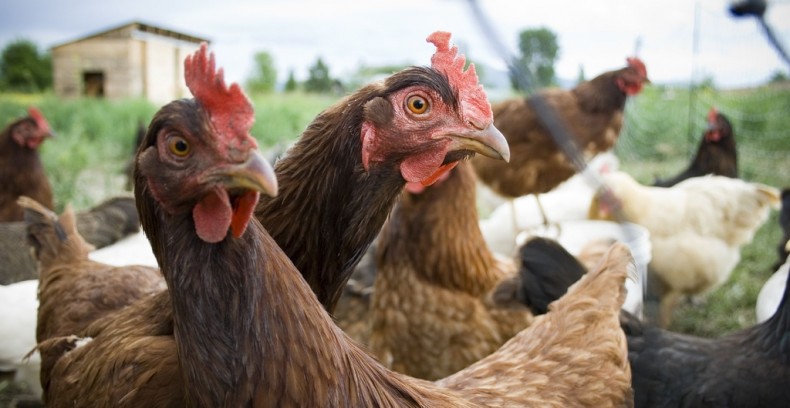 I grew up on a small farm where we raised chickens. I didn’t always think they were repulsive. When I was around 10, I had a 4-H project for which I raised chickens from the get-go; we already had a laying flock but the project was part of my training as a farm kid. Baby chicks are some of the cutest babies on earth, so soft and light you hardly knew you were holding them, making inquisitive little squeaks — eep? eep? When I turned the lights out on the brooder, where they spent the cold nights, they’d peep like crazy EEP EEP EEP then all fall asleep at the same minute. Eventually they grew up and began laying – or swanning around being roosters – and only then did I take a good look at their eyes. They looked back with no interest; in fact, change our relative sizes and they could kill me or not, they didn’t care. If you don’t believe that T. Rexes evolved into birds, just look into the cold, mean, stupid, reptilian eye of a chicken. Continue reading
I grew up on a small farm where we raised chickens. I didn’t always think they were repulsive. When I was around 10, I had a 4-H project for which I raised chickens from the get-go; we already had a laying flock but the project was part of my training as a farm kid. Baby chicks are some of the cutest babies on earth, so soft and light you hardly knew you were holding them, making inquisitive little squeaks — eep? eep? When I turned the lights out on the brooder, where they spent the cold nights, they’d peep like crazy EEP EEP EEP then all fall asleep at the same minute. Eventually they grew up and began laying – or swanning around being roosters – and only then did I take a good look at their eyes. They looked back with no interest; in fact, change our relative sizes and they could kill me or not, they didn’t care. If you don’t believe that T. Rexes evolved into birds, just look into the cold, mean, stupid, reptilian eye of a chicken. Continue reading
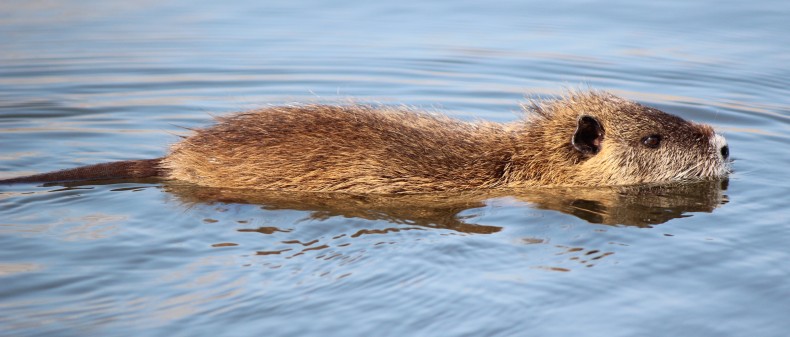
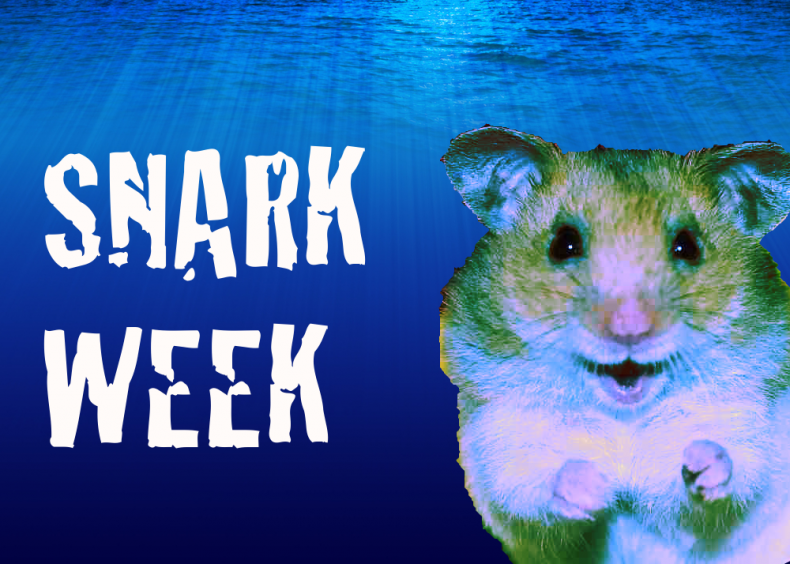
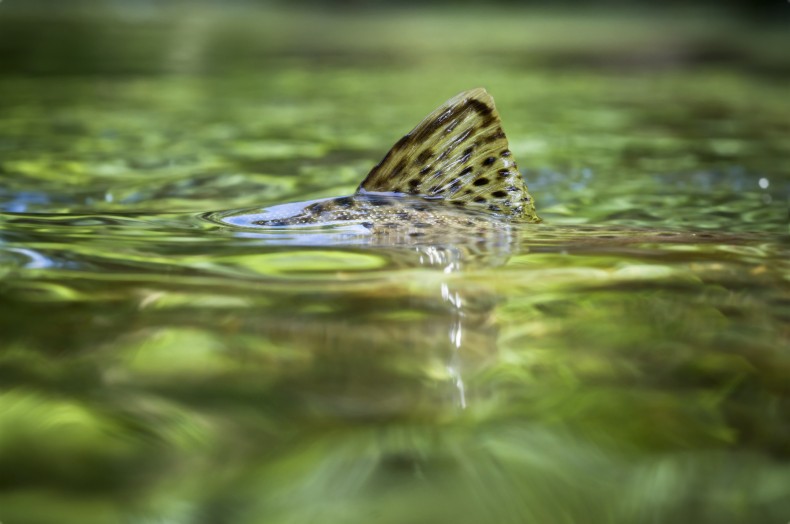
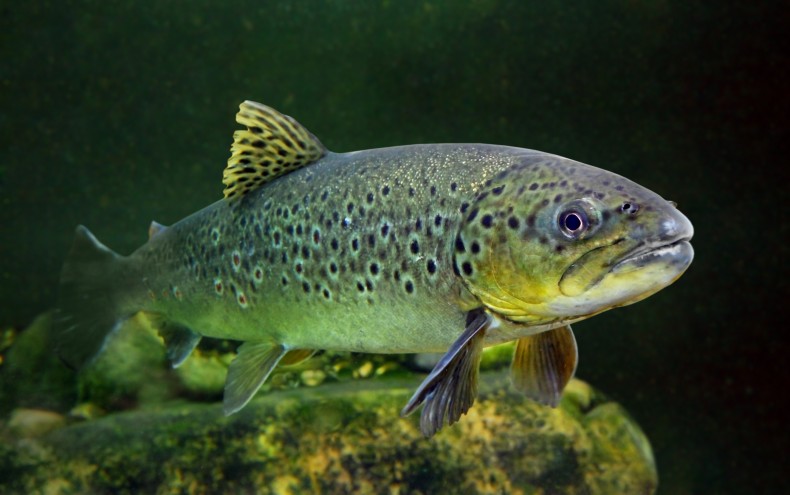
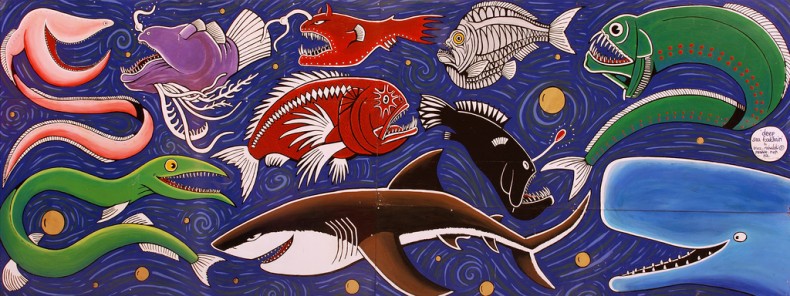
 Around here, we do some things by the numbers. On odd days, the older boy sits on the prime outside seat of the kitchen island and has bedtime stories from his dad; on even days, his younger brother gets these things. On even days, no one has to wash his hair.
Around here, we do some things by the numbers. On odd days, the older boy sits on the prime outside seat of the kitchen island and has bedtime stories from his dad; on even days, his younger brother gets these things. On even days, no one has to wash his hair.